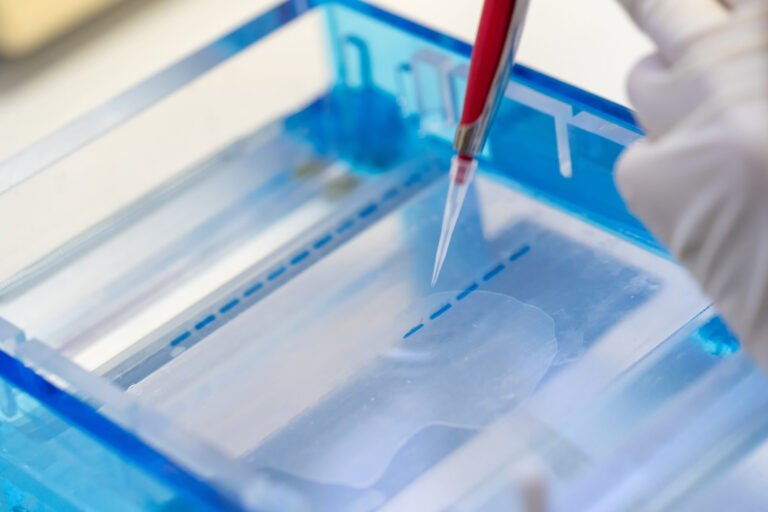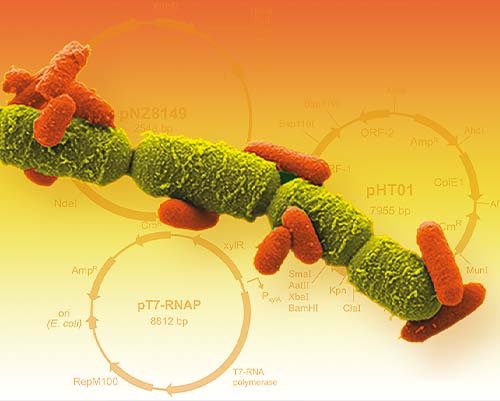Understanding AMH Diagnostic and the Importance of the ELISA Method
What is AMH Diagnostic?
Anti-Müllerian Hormone (AMH) is a vital biomarker that plays a crucial role in reproductive health. AMH is produced by the granulosa cells of ovarian follicles and is widely used to assess ovarian reserve in women. Measuring AMH levels can provide valuable insights into fertility potential, polycystic ovary syndrome (PCOS), and ovarian function before assisted reproductive treatments like in-vitro fertilization (IVF).
Importance of AMH Testing
AMH testing helps in:
- Assessing Ovarian Reserve: AMH levels reflect the quantity of a woman’s remaining eggs, making it a crucial factor in fertility evaluations.
- Predicting Menopause: AMH levels decline with age, and their measurement can help predict the onset of menopause.
- Diagnosing PCOS: Women with polycystic ovary syndrome often have elevated AMH levels, aiding in diagnosis.
- Monitoring Ovarian Response: Before undergoing fertility treatments, AMH levels help doctors tailor treatment plans accordingly.
The Role of ELISA in AMH Testing
The Enzyme-Linked Immunosorbent Assay (ELISA) is a widely used method for detecting and quantifying AMH levels in blood samples. It is a sensitive, reliable, and cost-effective technique used in clinical laboratories worldwide.
Why ELISA for AMH Testing?
- High Sensitivity and Specificity: ELISA can detect low concentrations of AMH with high accuracy, ensuring precise results.
- Quantitative Analysis: It provides exact AMH levels rather than qualitative outcomes, enabling better clinical decision-making.
- Automation and Efficiency: ELISA can be automated, allowing for high-throughput testing, reducing manual errors, and improving efficiency.
- Reproducibility: The standardized protocol ensures consistency in results across different labs.
How ELISA Works for AMH Detection
- Sample Collection: A blood sample is collected from the patient.
- Antibody Coating: The ELISA plate is coated with an antibody specific to AMH.
- Incubation: The sample is added to the plate, allowing AMH to bind to the antibody.
- Enzyme Reaction: A secondary antibody conjugated with an enzyme is added, which binds to the AMH.
- Substrate Addition: A colorimetric substrate is added, leading to a measurable color change.
- Result Interpretation: The color intensity is measured using a spectrophotometer, and AMH levels are quantified.
Conclusion
The ELISA method has revolutionized AMH diagnostics, offering a reliable and efficient way to assess ovarian reserve and reproductive health. Its high sensitivity, specificity, and reproducibility make it the preferred choice for clinicians and fertility specialists. Understanding AMH levels through ELISA testing enables better reproductive planning and effective fertility treatments, ultimately benefiting patients seeking reproductive health solutions.







